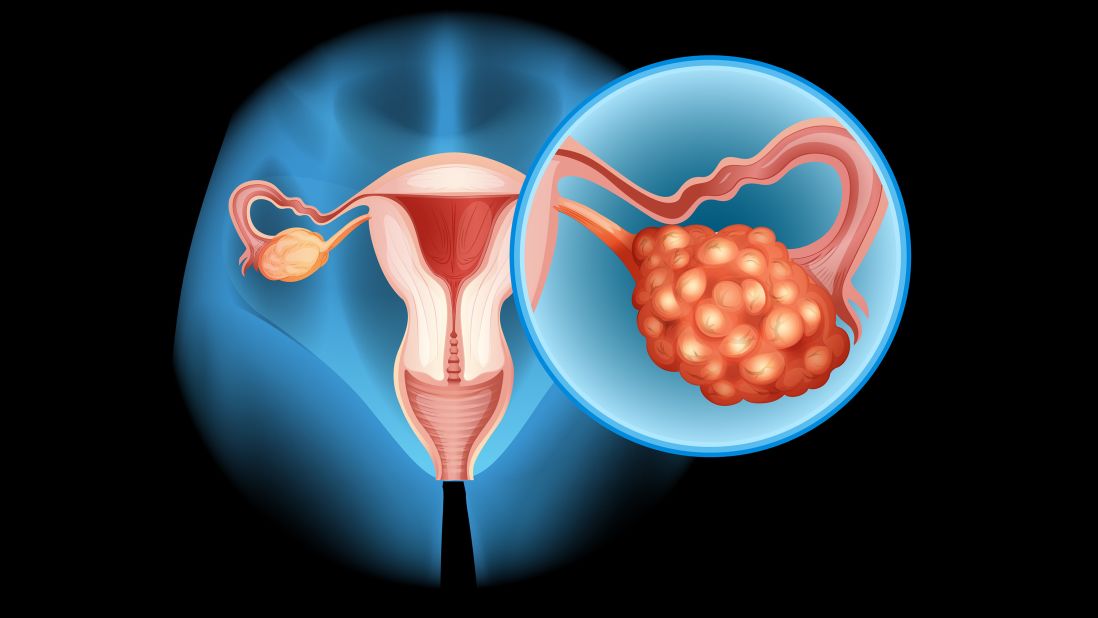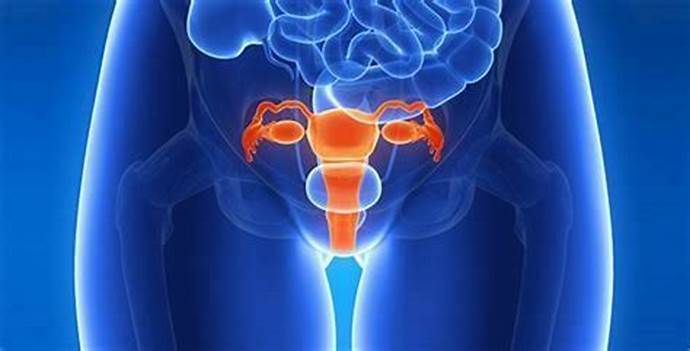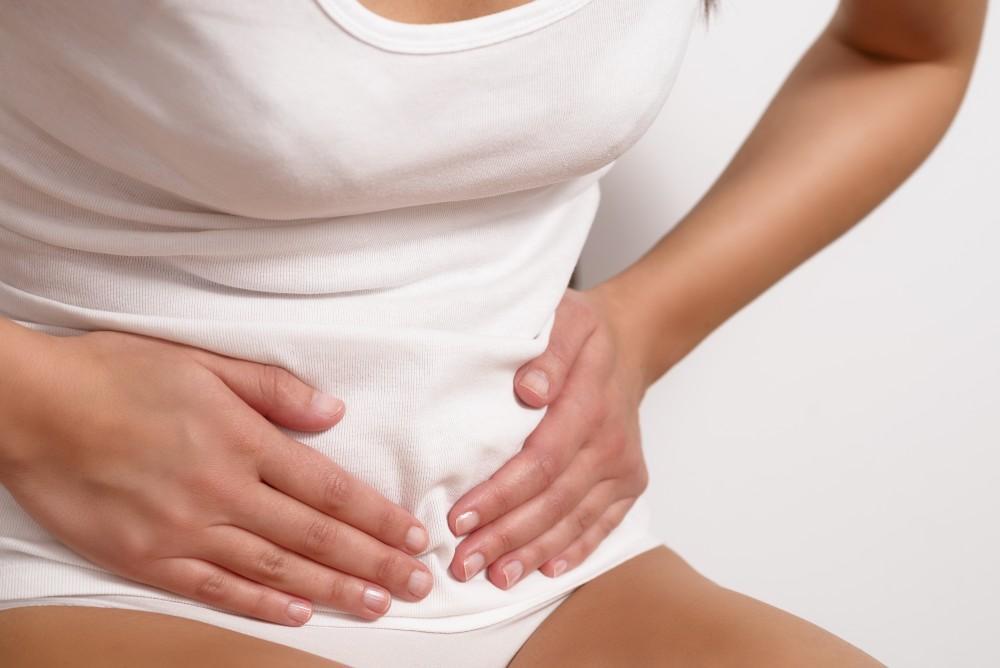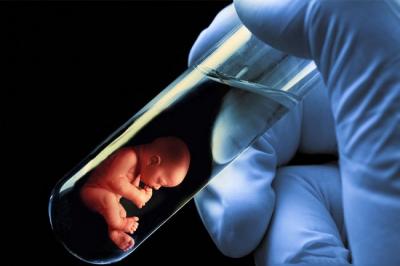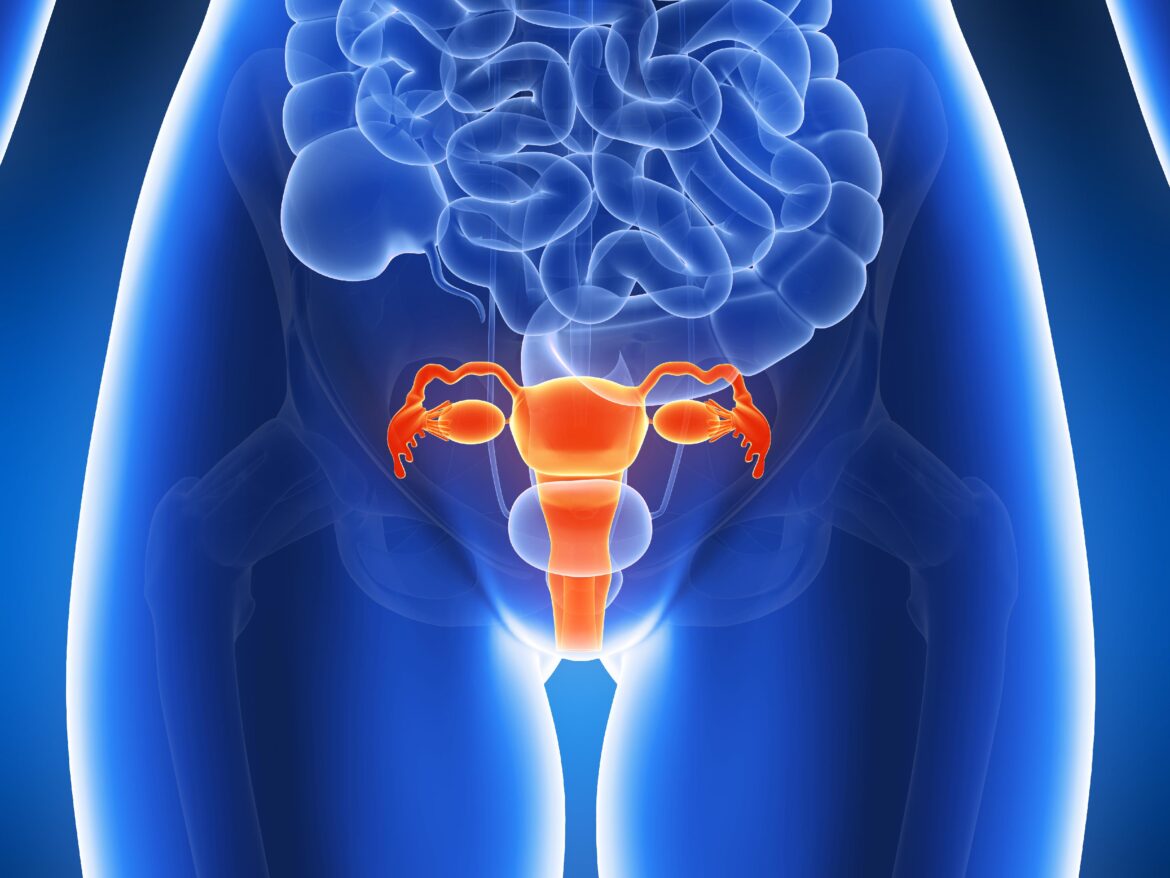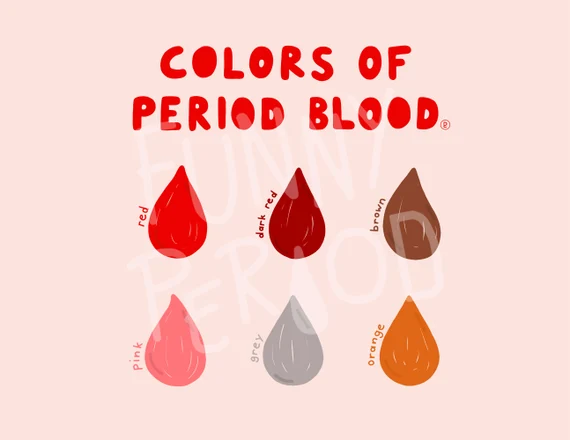Ovarian Cysts: Are you concerned about ovarian cysts or want to know more about them? In this video, we will explain why ovarian cysts form, what causes them, and whether they can turn into cancer. We will also discuss the symptoms, causes, and treatment options for ovarian cysts. Additionally, you’ll learn about the precautions to take and when you should consult a doctor if you have ovarian cysts.
Ovarian cysts are common fluid-filled sacs that form on or within the ovaries, often as a natural part of the menstrual cycle. They can range from small, symptomless formations to larger cysts that may cause pain, bloating, or complications. This description explores the various types of ovarian cysts, including functional cysts, dermoid cysts, and cystadenomas, alongside potential causes such as hormonal imbalances, endometriosis, and polycystic ovary syndrome (PCOS).
Causes of Ovarian Cysts
Ovarian cysts typically develop due to hormonal fluctuations. For instance, functional cysts result from ovulation, where the follicle doesn’t release the egg or collapses incorrectly. Other contributing factors include:
- Endometriosis: Endometriomas, or cysts filled with endometrial tissue, can form outside the uterus.
- PCOS: Multiple small cysts may develop, often linked to insulin resistance and hormonal imbalance.
- Pregnancy: Corpus luteum cysts may appear during early pregnancy.
- Hormonal Medications: Treatments such as fertility drugs can sometimes lead to the formation of cysts.
Symptoms of Ovarian Cysts
Many ovarian cysts remain asymptomatic and are discovered during routine pelvic exams or ultrasounds. However, larger or problematic cysts can present the following symptoms:
- Pelvic or lower abdominal pain
- Bloating or swelling
- Irregular menstrual cycles
- Pain during intercourse or bowel movements
- Frequent urination or difficulty emptying the bladder
- Sudden, severe pain (indicating possible rupture or torsion)
Potential for Cancer
While most ovarian cysts are benign, certain types, particularly those found post-menopause, may carry a higher risk of being cancerous. Risk factors include:
- Age (especially after menopause)
- Family history of ovarian or breast cancer
- Genetic mutations like BRCA1 or BRCA2
Diagnosis
To evaluate ovarian cysts, healthcare providers use several diagnostic tools:
- Pelvic Ultrasound: Helps visualize the cyst’s size, location, and type.
- Blood Tests: CA-125 levels may be checked if cancer is suspected.
- MRI or CT Scans: Provide detailed imaging for complex cases.
- Laparoscopy: A minimally invasive surgical procedure to directly examine and, if needed, remove the cyst.
Treatment Options
Treatment depends on factors like the size, type, and symptoms associated with the cyst. Common approaches include:
- Observation: Small, asymptomatic cysts often resolve without intervention.
- Medications: Hormonal contraceptives may prevent the formation of new cysts.
- Surgery: Larger cysts or those causing severe symptoms may require removal. Options include:
- Laparoscopy: For smaller cysts, using minimally invasive techniques.
- Laparotomy: For larger or suspected malignant cysts.
Lifestyle Changes and Precautions
To lower the risk of ovarian cyst formation or manage symptoms effectively, consider:
- Maintaining a balanced diet rich in fiber and low in processed foods.
- Exercising regularly to stabilize hormonal levels.
- Managing stress through mindfulness or yoga to reduce hormonal imbalances.
- Seeking routine gynecological check-ups for early detection.
When to Consult a Doctor
It’s essential to seek medical attention if you experience:
- Sudden, severe abdominal pain
- Symptoms of shock (e.g., cold, clammy skin, rapid breathing)
- Persistent bloating or fullness
- Difficulty eating or feeling satisfied quickly
Understanding ovarian cysts, their causes, symptoms, and treatment options is key to proactive health management. Regular gynecological care, a healthy lifestyle, and timely medical intervention can mitigate risks and ensure overall reproductive health.





